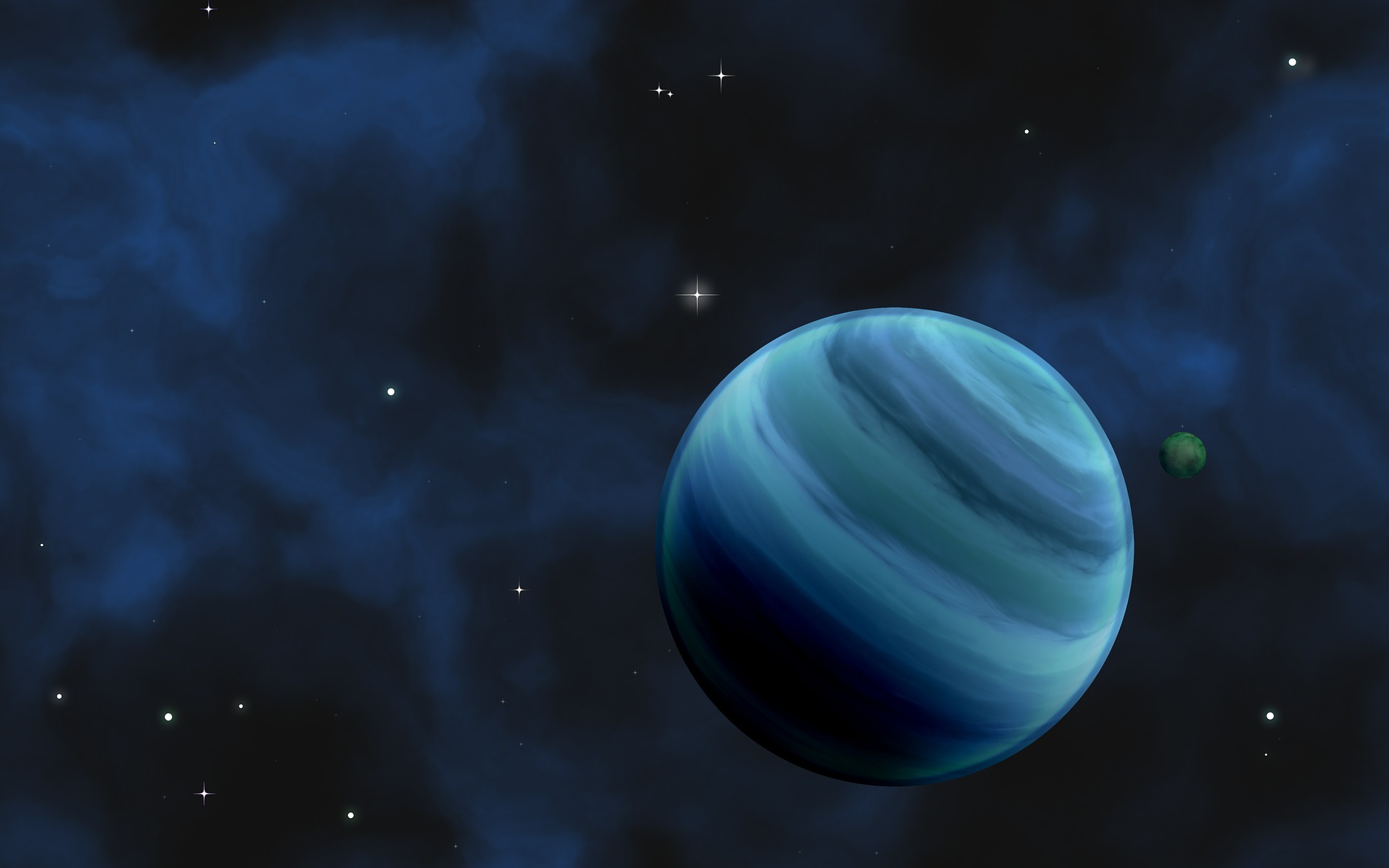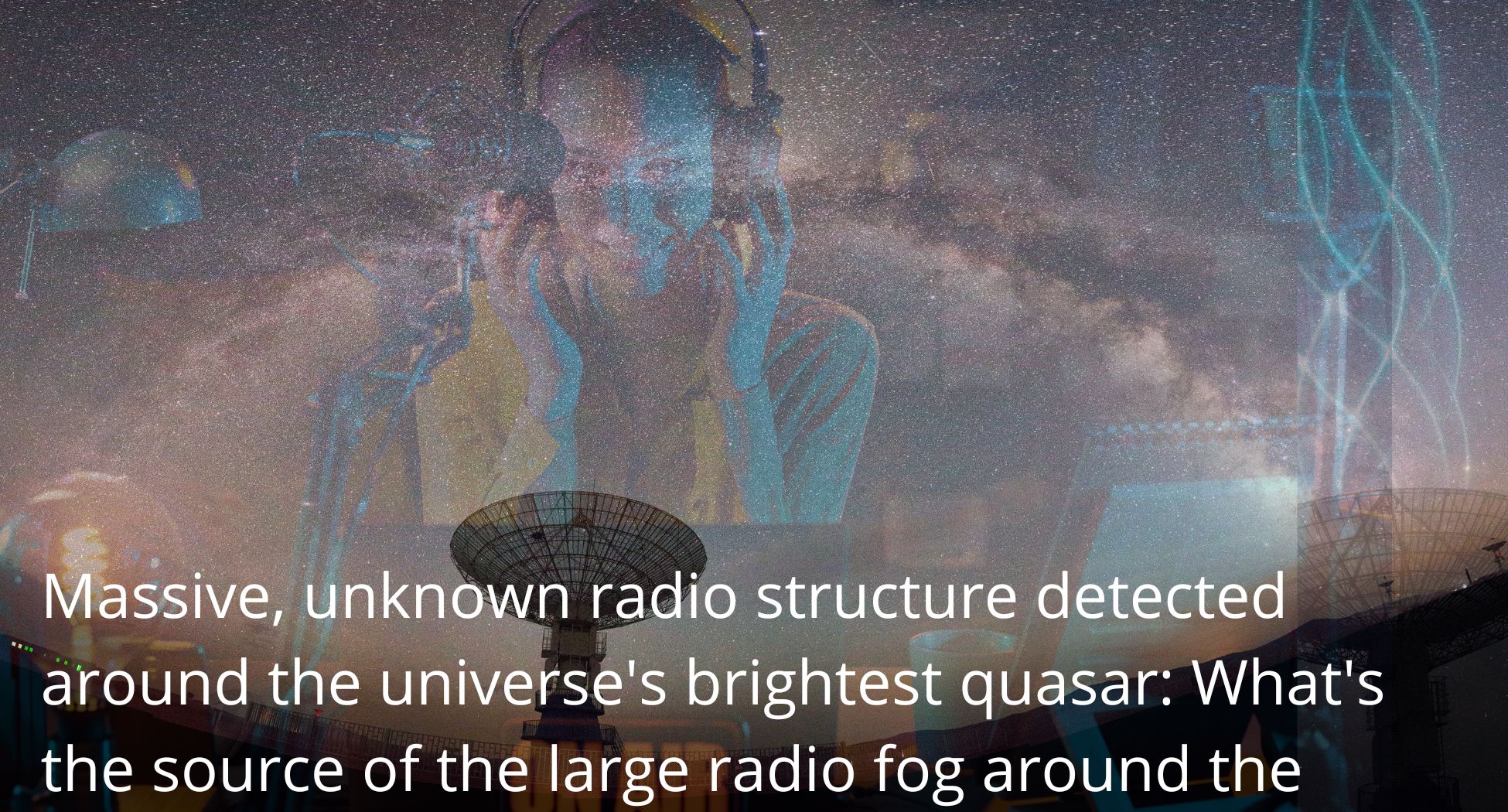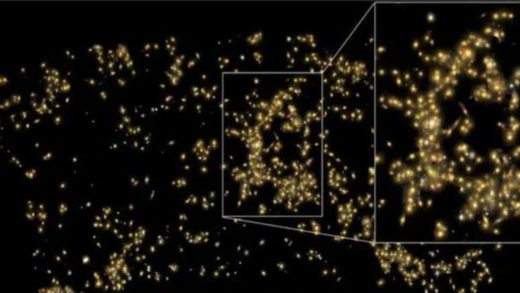Exoplanets found by Citizen Scientists

A study published online in Monthly Notices of the Royal Astronomical Society has mentioned that two exoplanets are found by planet hunters. Including Cesar Rubio, there are listed more than a dozen other citizen scientists as co-authors of the study.
Citizen science is a way for members of the public to collaborate with scientists. More than 29 thousand people worldwide have joined the Planet Hunters TESS (Transiting Exoplanet Survey Satellite) effort to help scientists find exoplanets. TESS is a NASA spacecraft, which was launched in April 2018. The TESS team has used data from the observatory to identify more than 100 exoplanets and over 2 thousand 600 candidates that await confirmation.
According to the study report, these planets orbit a star called HD 152843, which is located about 352 light-years away from us. The size of the star is about the same mass, but almost 1.5 times bigger and slightly brighter than the Sun.
The newly found Planet b, which is about the size of Neptune, is about 3.4 times bigger than Earth. The planet completes an orbit around its star in about 12 days. Similarly, the other planet, named as Planet c, is about 5.8 times bigger than Earth. Its orbital period is somewhere between 19 and 35 days. Both of these planets come within the orbit of Mercury (Mercury takes about 88 days to go round the Sun once) if compared to our solar system.
Quoting to Nora Eisner, a doctoral student in astrophysics at the University of Oxford in the United Kingdom and lead author of the study, reports say, ‘Studying them together, both of them at the same time, is really interesting to constrain theories of how planets both form and evolve over time.
Those exoplanets are found by the Planet Hunters TESS, which is operated through the Zooniverse website. It was begun in December 2018, shortly after the first TESS data became publicly available. While searching for exoplanets, volunteers look at graphs showing the brightness of different stars over time. They note which of those plots show a brief dip in the star’s brightness and then an upward swing to the original level. This can happen when a planet crosses the face of its star, blocking out a tiny bit of light. The star-blocking event is called a transit.
Then, the Planet Hunters project shares each brightness plot, called a ‘light curve’, with 15 volunteers. In the background of the website, an algorithm collects all of the volunteers’ submissions and picks out light curves that multiple volunteers have flagged. Eisner and colleagues then look at the highest-ranked light curves and determine which ones would be good for scientific follow-up.
Researchers say that volunteers are helpful because computers can’t be perfectly trained to identify the signatures of potential planets. So, the human eye is still valuable.
While studying these exoplanets of HD 152843 star, citizen scientists had looked at a plot showing its brightness during one month of TESS observations. The light curve showed three distinct dips, meaning at least one planet could be orbiting the star. All 15 citizen scientists who looked at this light curve flagged at least two transits, and some flagged the light curve on the Planet Hunters TESS online discussion forum.
Then, scientists took a closer look. By comparing the data to their models, they estimated that two transits came from the inner planet and the other came from a second, outer planet.
Further, scientists used an instrument called HARPS-N (the High Accuracy Radial velocity Planet Searcher for the Northern hemisphere) at the Telescopio Nazionale Galileo in La Palma, Spain, as well as EXPRES (the Extreme Precision Spectrometer), an instrument at Lowell Observatory in Flagstaff, Arizona to make sure the transit signals came from planets and not some other source, such as stars that eclipse each other, passing asteroids, or the movements of TESS itself. Report says both HARPS and EXPRES look for the presence of planets by examining whether starlight is ‘wobbling’ due to planets orbiting their star. This technique is called the radial velocity method, which allows scientists to estimate the mass even of a distant planet. After all, the exoplanets are found to be existing there.
As more data are needed for confirmation of their masses, scientists continue to observe the planetary system with HARPS-N and hope to have more information about the planets soon.
In order to find about atmospheres and gases present in the planets, NASA’s James Webb Space Telescope, to be launched later this year, will be useful. The telescope will look at what kinds of molecules make up the atmospheres of planets like those in this system, especially the larger outer planet.
Scientists estimate that the HD 152843 planets are far too hot and gaseous to support life as we know it, however, they are valuable to study as scientists learn about the range of possible planets in our galaxy.
Reports say the citizen scientists who classified the HD 152843 light curve as a possible source of transiting planets, in addition to three Planet Hunters discussion forum moderators, were invited to have their names listed as co-authors on the study announcing the discovery of these planets.
When the exoplanets are found, the researchers have reacted blissfully. Quoting to Rubio, agencies said, ‘I feel that I’m contributing, even if it’s only like a small part’. ‘Especially scientific research, it’s satisfying for me’, he added.


